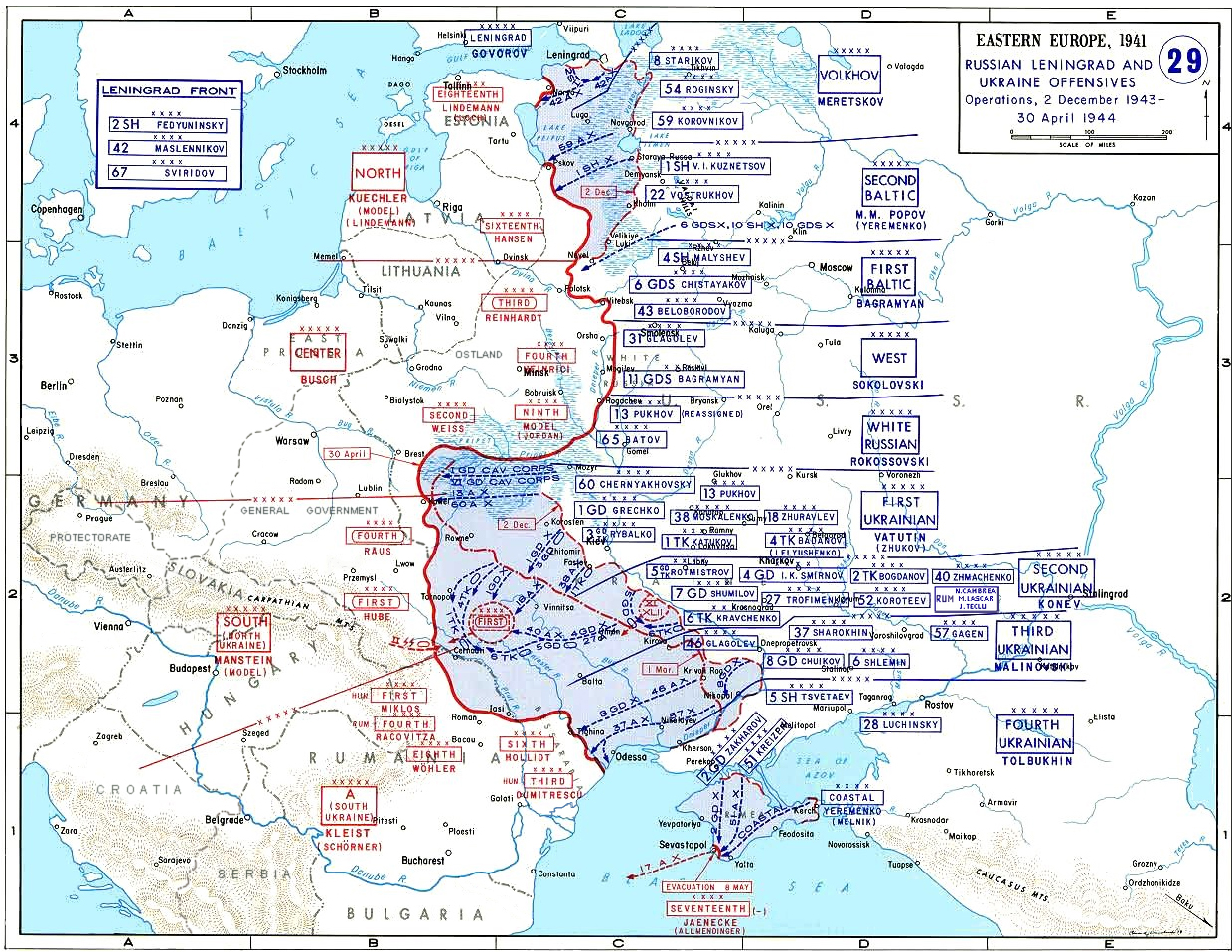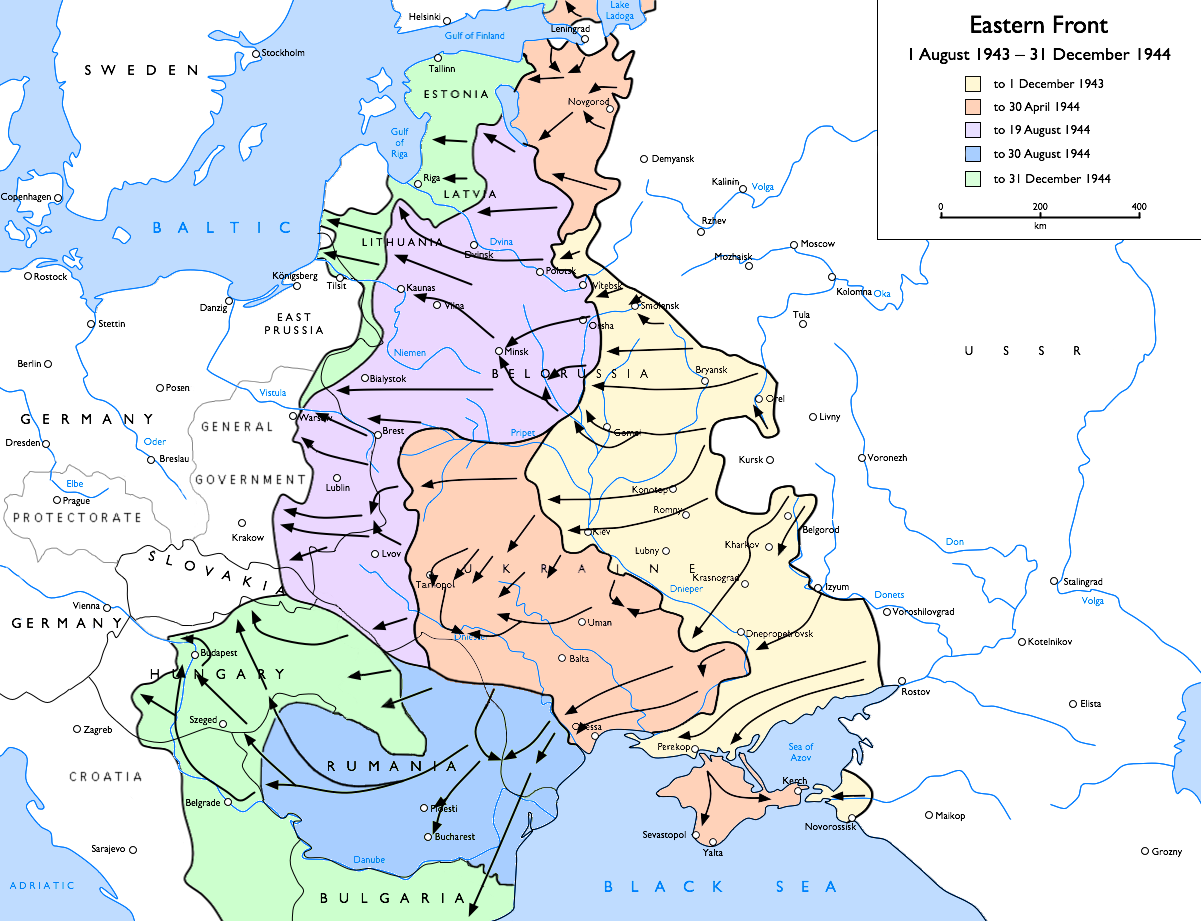|
Battle Of Podu Iloaiei
The Battle of Podu Iloaiei was fought during World War II between the German ''Wehrmacht'' and the Soviet Red Army. Historian David Glantz described it as part of a failed Soviet offensive in Romania, and considered it a reaction to the Soviet defeat at the First Battle of Târgu Frumos. While according to the Soviet account, the Red Army successfully repelled a German counter-stroke, according to German accounts, the Germans managed to drive the attacking Soviets back to the positions they held before the battle. Aftermath The region was still in Axis hands. Several months later, it was captured by the Red Army The Workers' and Peasants' Red Army (Russian: Рабо́че-крестья́нская Кра́сная армия),) often shortened to the Red Army, was the army and air force of the Russian Soviet Federative Socialist Republic and, after ... in the Jassy–Kishinev Offensive, from 21–23 August 1944. Notes Explanatory notes Footnotes Refere ... [...More Info...] [...Related Items...] OR: [Wikipedia] [Google] [Baidu] |
Podu Iloaiei
Podu Iloaiei is a town in Iași County, Western Moldavia, Romania. It has 9,573 inhabitants as of 2011, and was declared a town in 2005. Four villages are administered by the town: Budăi, Cosițeni, Holm and Scobâlțeni. Population Natives * Sabetai Unguru Sabetai Unguru (, ''Shabtai Unguru''; born 1 January 1931) is an Israeli historian of mathematics and science. Biography Sabetai Unguru was born in 1931 in Podu Iloaiei, Romania. He studied philosophy, philology, history, and mathematics at the ... See also * Battle of Podu Iloaiei References External links Towns in Romania Populated places in Iași County Localities in Western Moldavia {{Iași-geo-stub ... [...More Info...] [...Related Items...] OR: [Wikipedia] [Google] [Baidu] |
First Jassy-Kishinev Offensive
First or 1st is the ordinal form of the number one (#1). First or 1st may also refer to: *World record, specifically the first instance of a particular achievement Arts and media Music * 1$T, American rapper, singer-songwriter, DJ, and record producer Albums * ''1st'' (album), a 1983 album by Streets * ''1st'' (Rasmus EP), a 1995 EP by The Rasmus, frequently identified as a single * '' 1ST'', a 2021 album by SixTones * ''First'' (Baroness EP), an EP by Baroness * ''First'' (Ferlyn G EP), an EP by Ferlyn G * ''First'' (David Gates album), an album by David Gates * ''First'' (O'Bryan album), an album by O'Bryan * ''First'' (Raymond Lam album), an album by Raymond Lam * ''First'', an album by Denise Ho Songs * "First" (Cold War Kids song), a song by Cold War Kids * "First" (Lindsay Lohan song), a song by Lindsay Lohan * "First", a song by Everglow from ''Last Melody'' * "First", a song by Lauren Daigle * "First", a song by Niki & Gabi * "First", a song by Jonas Brot ... [...More Info...] [...Related Items...] OR: [Wikipedia] [Google] [Baidu] |
Battles Of World War II Involving Germany
A battle is an occurrence of combat in warfare between opposing military units of any number or size. A war usually consists of multiple battles. In general, a battle is a military engagement that is well defined in duration, area, and force commitment. An engagement with only limited commitment between the forces and without decisive results is sometimes called a skirmish. The word "battle" can also be used infrequently to refer to an entire operational campaign, although this usage greatly diverges from its conventional or customary meaning. Generally, the word "battle" is used for such campaigns if referring to a protracted combat encounter in which either one or both of the combatants had the same methods, resources, and strategic objectives throughout the encounter. Some prominent examples of this would be the Battle of the Atlantic, Battle of Britain, and Battle of Stalingrad, all in World War II. Wars and military campaigns are guided by military strategy, whereas bat ... [...More Info...] [...Related Items...] OR: [Wikipedia] [Google] [Baidu] |
Military History Of Romania During World War II
A military, also known collectively as armed forces, is a heavily armed, highly organized force primarily intended for warfare. It is typically authorized and maintained by a sovereign state, with its members identifiable by their distinct military uniform. It may consist of one or more military branches such as an army, navy, air force, space force, marines, or coast guard. The main task of the military is usually defined as defence of the state and its interests against external armed threats. In broad usage, the terms ''armed forces'' and ''military'' are often treated as synonymous, although in technical usage a distinction is sometimes made in which a country's armed forces may include both its military and other paramilitary forces. There are various forms of irregular military forces, not belonging to a recognized state; though they share many attributes with regular military forces, they are less often referred to as simply ''military''. A nation's military may f ... [...More Info...] [...Related Items...] OR: [Wikipedia] [Google] [Baidu] |
Battles Involving The Soviet Union
A battle is an occurrence of combat in warfare between opposing military units of any number or size. A war usually consists of multiple battles. In general, a battle is a military engagement that is well defined in duration, area, and force commitment. An engagement with only limited commitment between the forces and without decisive results is sometimes called a skirmish. The word "battle" can also be used infrequently to refer to an entire operational campaign, although this usage greatly diverges from its conventional or customary meaning. Generally, the word "battle" is used for such campaigns if referring to a protracted combat encounter in which either one or both of the combatants had the same methods, resources, and strategic objectives throughout the encounter. Some prominent examples of this would be the Battle of the Atlantic, Battle of Britain, and Battle of Stalingrad, all in World War II. Wars and military campaigns are guided by military strategy, whereas ba ... [...More Info...] [...Related Items...] OR: [Wikipedia] [Google] [Baidu] |
Lawrence, Kansas
Lawrence is the county seat of Douglas County, Kansas, Douglas County, Kansas, United States, and the sixth-largest city in the state. It is in the northeastern sector of the state, astride Interstate 70, between the Kansas River, Kansas and Wakarusa River, Wakarusa Rivers. As of the 2020 United States census, 2020 census, the population of the city was 94,934. Lawrence is a college town and the home to both the University of Kansas and Haskell Indian Nations University. Lawrence was founded by the New England Emigrant Aid Company (NEEAC) and was named for Amos A. Lawrence, an abolitionist from Massachusetts, who offered financial aid and support for the settlement. Lawrence was central to the "Bleeding Kansas" period (1854–1861), and the site of the Wakarusa War (1855) and the Sacking of Lawrence (1856). During the American Civil War it was also the site of the Lawrence massacre (1863). Lawrence began as a center of Free-Stater (Kansas), free-state politics. Its economy diver ... [...More Info...] [...Related Items...] OR: [Wikipedia] [Google] [Baidu] |
University Press Of Kansas
The University Press of Kansas is a publisher located in Lawrence, Kansas. Operated by The University of Kansas, it represents the six state universities in the US state of Kansas: Emporia State University, Fort Hays State University, Kansas State University (K-State), Pittsburg State University, the University of Kansas (KU), and Wichita State University. History The press was established in 1946, with major reorganizations in 1967 and 1976. Today, it operates as a consortium with representation from each of the participating universities. The press is located on the west portion of the KU campus. The press publishes work on American politics (including the presidency, American political thought, and public policy), military history and intelligence studies, American history (especially political, cultural, intellectual, and western), environmental policy and history, American studies, film studies, law and legal history, Indigenous studies, and books about Kansas and the Mi ... [...More Info...] [...Related Items...] OR: [Wikipedia] [Google] [Baidu] |
Axis Powers
The Axis powers, ; it, Potenze dell'Asse ; ja, 枢軸国 ''Sūjikukoku'', group=nb originally called the Rome–Berlin Axis, was a military coalition that initiated World War II and fought against the Allies. Its principal members were Nazi Germany, the Kingdom of Italy, and the Empire of Japan. The Axis were united in their opposition to the Allies, but otherwise lacked comparable coordination and ideological cohesion. The Axis grew out of successive diplomatic efforts by Germany, Italy, and Japan to secure their own specific expansionist interests in the mid-1930s. The first step was the protocol signed by Germany and Italy in October 1936, after which Italian leader Benito Mussolini declared that all other European countries would thereafter rotate on the Rome–Berlin axis, thus creating the term "Axis". The following November saw the ratification of the Anti-Comintern Pact, an anti-communist treaty between Germany and Japan; Italy joined the Pact in 1937, follow ... [...More Info...] [...Related Items...] OR: [Wikipedia] [Google] [Baidu] |
First Battle Of Târgu Frumos
The First Battle of Târgu Frumos was fought during World War II between Axis powers commanded by Otto Wöhler and Soviet forces led by Ivan Konev. Historian David Glantz has described it as part of a failed Soviet invasion of Romania, while Russian and German sources have described it as part of the Târgu Frumos Operation. By early April 1944, '' Stavka'' (the Main Command of the Soviet Armed Forces) ordered its two major units involved in operations in south-western Ukraine to mount a strategic offensive in north-eastern Romania. General Konev's 2nd Ukrainian Front approached Târgu Frumos and Botoșani regions by 5 April and commenced its offensive towards Târgu Frumos on 8 April. The Romanian 4th Army, under the command of Lieutenant-General Ioan Mihail Racoviță, was charged with the defense of the region. It was being reinforced by German panzer elements of the 24th Panzer Division, and was preparing to hold an initial Soviet advance. However, these defenses proved to ... [...More Info...] [...Related Items...] OR: [Wikipedia] [Google] [Baidu] |
David Glantz
David M. Glantz (born January 11, 1942) is an American military historian known for his books on the Red Army during World War II and as the chief editor of ''The Journal of Slavic Military Studies''. Born in Port Chester, New York, Glantz received degrees in history from the Virginia Military Institute and the University of North Carolina at Chapel Hill. He is a graduate of the U.S. Army Command and General Staff College, Defense Language Institute, Institute for Russian and Eastern European Studies, and U.S. Army War College. Glantz had a career of more than 30 years in the U.S. Army, served in the Vietnam War, and retired as a colonel in 1993. Teaching career Glantz was a Mark W. Clark visiting professor of History at The Citadel, The Military College of South Carolina. Activity after retirement Glantz is known as a military historian of the Soviet role in World War II. He has argued that the view of the World War II Soviet military history, Soviet Union's involvement i ... [...More Info...] [...Related Items...] OR: [Wikipedia] [Google] [Baidu] |




